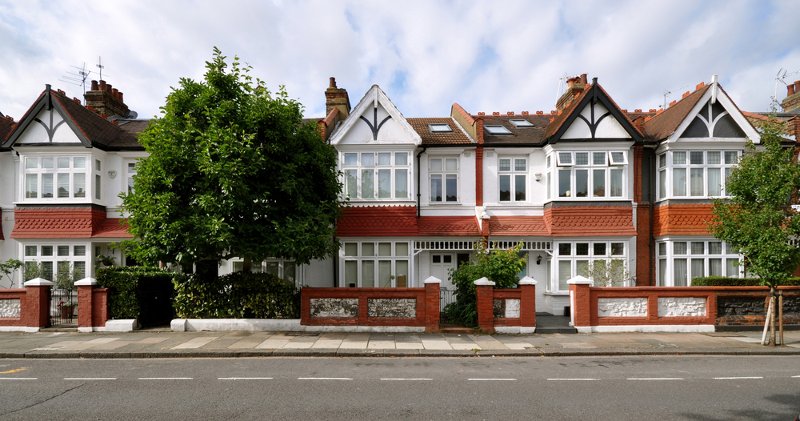
Manchester has the highest annual growth rate (7.4%), followed by Liverpool (7.2%), Birmingham (6.8%) and Leicester (6.5%), the UK City House Price Index for June has found.
City growth ranges from +7.6% in Manchester, which also has the lowest level of price discounting, to -2.8% in Aberdeen.
City house price inflation was +4.6% in the 12 months to June 2018. Average prices increased by 4.4% overH12018, compared to 0.2% inH22017, as prices start to grow once again in London.
John Goodall, chief executive of buy-to-let specialist Landbay said:“June was yet another strong month for gross mortgage lending.
“Any signs of a summer slowdown were offset by a sudden rush to lock into the attractive deals on the market, with a rate rise on the cards for the coming months if not weeks.
“This has no doubt lit a fire under first-time buyers and those coming to the end of fixed-term mortgages in particular.
“While overall lending grew, we cannot ignore subdued activity among home movers. Rising house prices and substantial stamp duty costs have stumbled the market and sales remain significantly low.”
The three-month growth rate in London increased as sellers become more realistic on pricing, while discounts from asking prices in London are narrowing forthefirst time in two years.
House prices are falling in real terms across six cities, with growth below the 2.4% rate of consumer price inflation. These include: Southampton, Oxford, Belfast, London, Cambridge and Aberdeen.
London’s annual growth rate is +0.7%, but there has been an increase in the three-month growth rate.There’s a growing proportion of London postcodes registering month-on-month price gains with more postcodes registering monthly price rises than falls.
Over the first half of 2018 the level of discounting to achieve a sale has started to narrow in inner London to 6.7%. Discounts have stabilised in outer London and the adjacent commuter areas, consistent with less downward pressure on prices.
Manchester has the lowest level of discounting (2.2%) across all the cities in England and Wales. This remains on a downward trend and it is no surprise the city is currently registering the fastest growth in prices.
Kevin Roberts, director, Legal & General Mortgage Club, said: “House prices rising at more sustainable rates and improving product choice on the mortgage marketareimproving the opportunities for first-time buyers to step on the housing ladder, but for many peopleit still remains a struggle.
“While the focus is often rightly on first-time buyers, we shouldn’t forget the plight ofhomemoversas well.
“Recent figures have shown the number ofhomemovershas fallen behind those of first-time buyers for the first time since 1995,as the cost of moving and high price of propertyconvince many to stay put.
“No matter where we sit on the ladder, first-time buyers ordownsizers, we all need more choice.”
The level of discounting in Liverpool has narrowed over the last two years but remains above average at 4.6%.
House price inflation in Birmingham has moderated over the last year and the gap between asking and achieved prices has started to plateau, standing at 2.8%.
Cities across south eastern England have registered slower price growth as affordability pressures increase. Southampton, for example, is registering annual house price growth of just 2.1% while the level of discounting has increased from 2% to almost 4% since 2017Q3.
Russell Quirk, founder andchief exectutiveof Emoov.co.uk, said: “There is optimism returning in prime central London, as it had been kicked in the teeth and left in the gutter for a few years but now its managed to crawl itself out.
“Although this is typically the time of year where the property market takes a few weeks off to put its feet up on a sunbed, it seems that price growth in the cities isn't taking a rest.
“As prices continue to grow annually across the UK cities and the entire nation, perhaps the rise in prices will be even greater this year than the last.”



